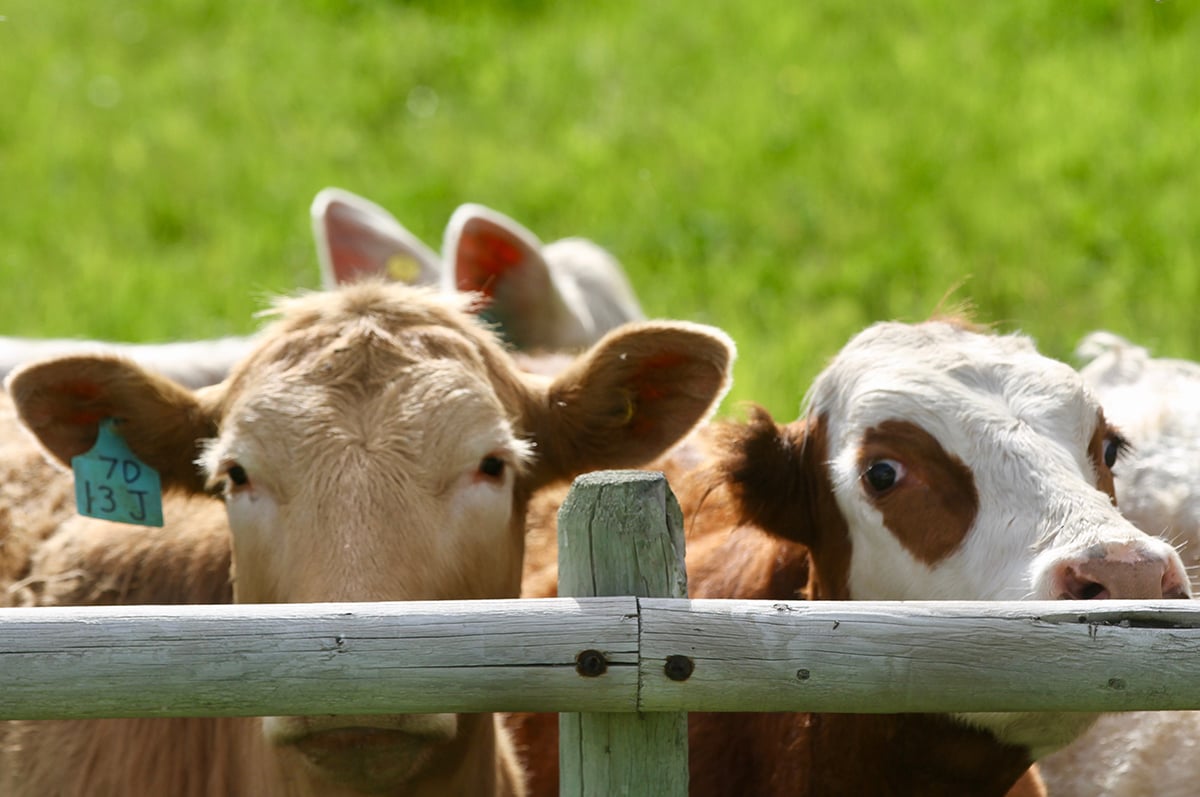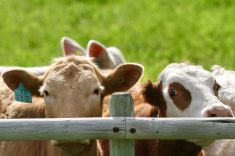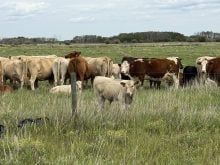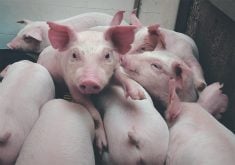RED DEER – Horse colour combinations are difficult to understand and predict, says genetic expert Phillip Sponenberg.
The three basic colours are bay, chestnut and black and all other colours result from these, said Sponenberg, who studies the horse colour palette from the Virginia-Maryland Regional College of Veterinary
Medicine.
He told the Alberta Horse Breeders and Owners conference in Red Deer on Jan. 15 that colour can be confusing when people register and describe their horses. The owner may have to look at the horse’s skin and in some cases a genetic test may be required to determine the actual colour code or predict the offspring colour.
Read Also

Feeder market consolidates at historic highs
For the week ending Sept. 6, Western Canadian feeder cattle markets were relatively unchanged compared to seven days earlier.
“If you want to lose money, guess what color a foal is going to be,” he said.
Colour results from the interaction of 12 genetic instructions, which determine a variety of basic pigments: two that vary from red to tan to yellow and another that varies from black to dull brown. White areas are the result of no pigment and can be seen in all colour combinations.
White faces and leg marks occur in most breeds and are controlled by many genes. These can include stars, blazes or stripes on the face and stockings on the feet.
Two copies of the gene determine dominant colour. Recessive colour is one copy and could either be carried for generations and not show up or appear as a surprise.
Chestnut is recessive to black and bay. The chestnut horse is red but could have dark or black spots. Though recessive, chestnut can mask whether a horse would have been black or bay. A mating of chestnut and black horses can result in bay foals even though those colours are recessive to bay.
Dominant black, ranging from shiny black to a near black, is rare in most breeds. A horse can be born bay and darken as it matures.
Shade refers to the relative depth of base colour and is probably controlled by several genes. It can result in a base colour of dark, medium or light, such as a mahogany bay, blood bay, red bay or cherry bay.
Sooty is a factor that adds black hairs to the base coat and could result in a black chestnut or liver chestnut.
Mealy is dominant and will put light areas over the flanks and legs.
Brindle horses are rare with vertical black strips on any colour. These are actually black hairs organized into vertical stripes. The genetics are uncertain.
“It is complicated to breed for this colour and they are unlikely to become common,” Sponenberg said.
Dun is dominant to dark colours and can produce a peanut butter colour. It lightens the base colour and provides distinct marks including a dorsal strip, white strip and bars on the legs in various combinations. Most have a head slightly darker than the body.
Cream takes the tan pigment off the horse, making it yellow and producing a palomino. It also lightens red areas. These horses could also have pink skin and blue eyes, which some people do not want.
Silver dapple may result in a black to blue or chocolate silver or silver dapple. The lighter coloured mane and tail may darken with age. There may also be a network of lighter areas surrounded by darker areas and vice versa. This colour pattern is associated with eye defects. Although it is a popular colour, owners should mate it to bay or black to avoid doubling on the gene and creating vision problems.
The champagne gene is dominant and can produce horses with amber eyes and dusky pink skin. The coats are shiny and range from bay to amber champagne variations. Some may look like palominos, but are not. Some may appear orange and may be misclassified at registration time.
Grey is a dominant gene and foals shed the dark colours and become grey. Percherons may be bred to turn grey slowly because people want dappled horses.
Roan is a different gene from grey. It creates darker lower legs that may vary with the season. Horses may become darker in the winter and shed hair and become a more uniform colour in the spring. They may have dark heads, tails, mane and feet that could be blue, lilac, red, strawberry or dark chestnut.
Paints and pintos are also breed names. The horses have a colour pattern designation that is not symmetrical. Tobiano is dominant with crisp white on legs and conventionally marked dark head. Overo in Spanish means spotted and the horse may have multiple patterns.
The leopard complex is seen in the Appaloosa. The patterns relate to a single gene and may produce white stripes and mottled skin. Patterns include mottled, snowflake, blanket, leopard, varnish roan and frost.















